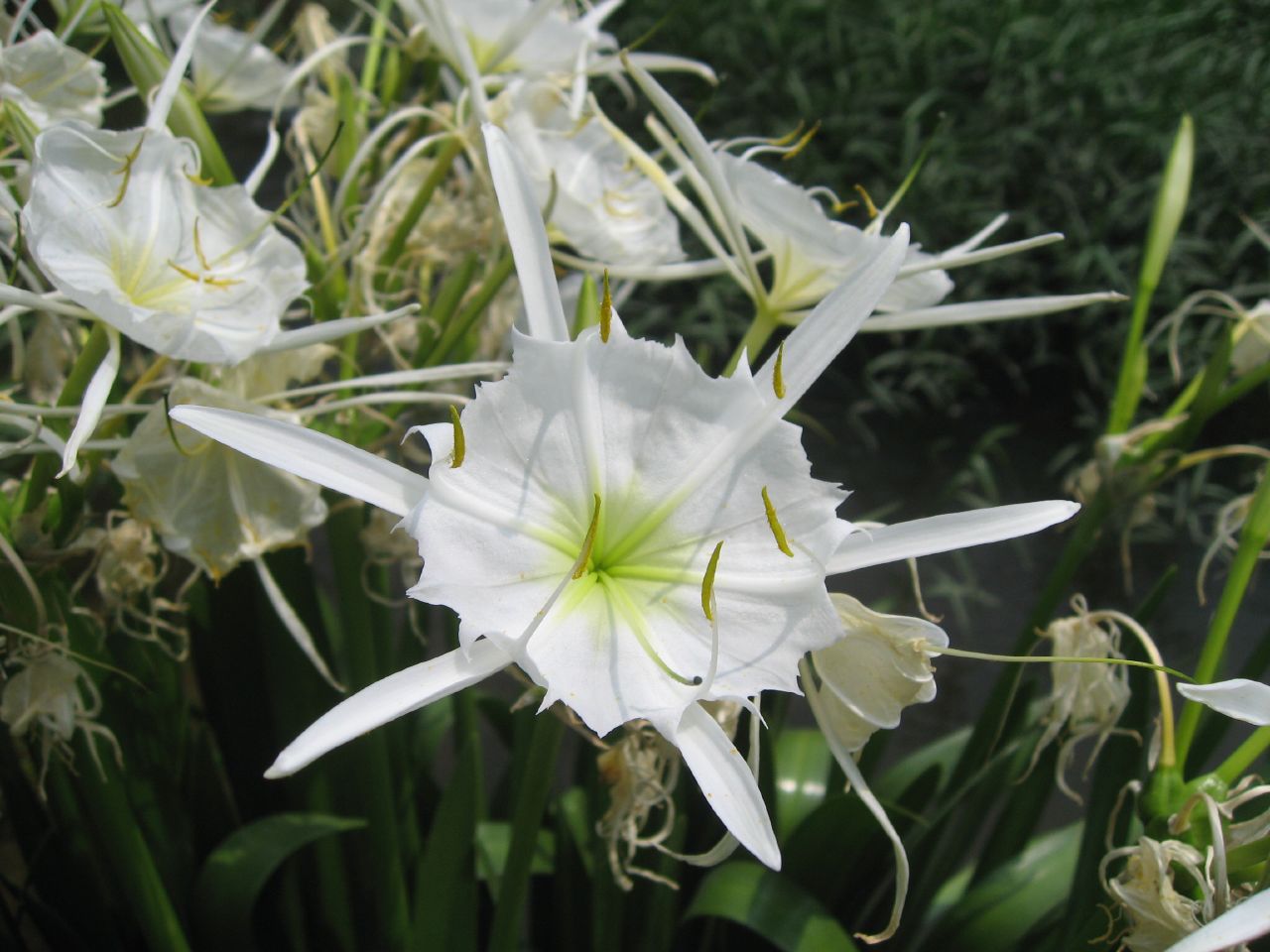The Cahaba River is a vital natural resource for Alabama and the surrounding region. It stretches over 200 miles, flowing through Birmingham and other cities before emptying into the Gulf of Mexico. Due to its relatively undisturbed natural state, the river is known for its clear, cool water. It is the longest free-flowing river in the state, meaning it is not dammed or otherwise artificially controlled.
The Cahaba River serves various important functions. It is a source of drinking water for many communities and is home to a diverse array of plant and animal life. The river is also a popular destination for recreational activities such as fishing, swimming, and boating. In addition, it is an important economic resource, supporting industries such as tourism and agriculture.
The Cahaba River is home to several endangered and protected species, including the Alabama sturgeon, the Cahaba shiner, and the Gulf sturgeon. These species are threatened by various factors, including habitat loss, pollution, and overfishing. Protecting these species is important for their own sake and the health and well-being of the broader ecosystem.
The Cahaba River serves various important functions. It is a source of drinking water for many communities and is home to a diverse array of plant and animal life. The river is also a popular destination for recreational activities such as fishing, swimming, and boating. In addition, it is an important economic resource, supporting industries such as tourism and agriculture.
The Cahaba River is home to several endangered and protected species, including the Alabama sturgeon, the Cahaba shiner, and the Gulf sturgeon. These species are threatened by various factors, including habitat loss, pollution, and overfishing. Protecting these species is important for their own sake and the health and well-being of the broader ecosystem.
By taking these actions, we can all help preserve the health and beauty of the Cahaba River for generations to come. Protecting this valuable resource requires the efforts of individuals, communities, and organizations working together, but the reward is a healthier, more vibrant river that can be enjoyed by all.
In addition to the endangered and protected species mentioned above, the Cahaba River is home to several other unique and important species. These include the pink mucket pearly mussel, a federally protected species, and the Cahaba lily, the state wildflower of Alabama. The river is also home to various fish, birds, and other wildlife, many of which are threatened by habitat loss and other environmental pressures.
By keeping litter out of the Cahaba River and taking other steps to protect the ecosystem, we can help preserve the rich biological diversity of this important waterway. This not only benefits the animals and plants that call the river home but also enhances the quality of life for the people who depend on it for drinking water, recreation, and other purposes.
So, the next time you visit the Cahaba River or any other natural area, remember the importance of keeping it clean and litter-free. By taking a few simple steps, we can all play a role in protecting and preserving this valuable resource for future generations.
